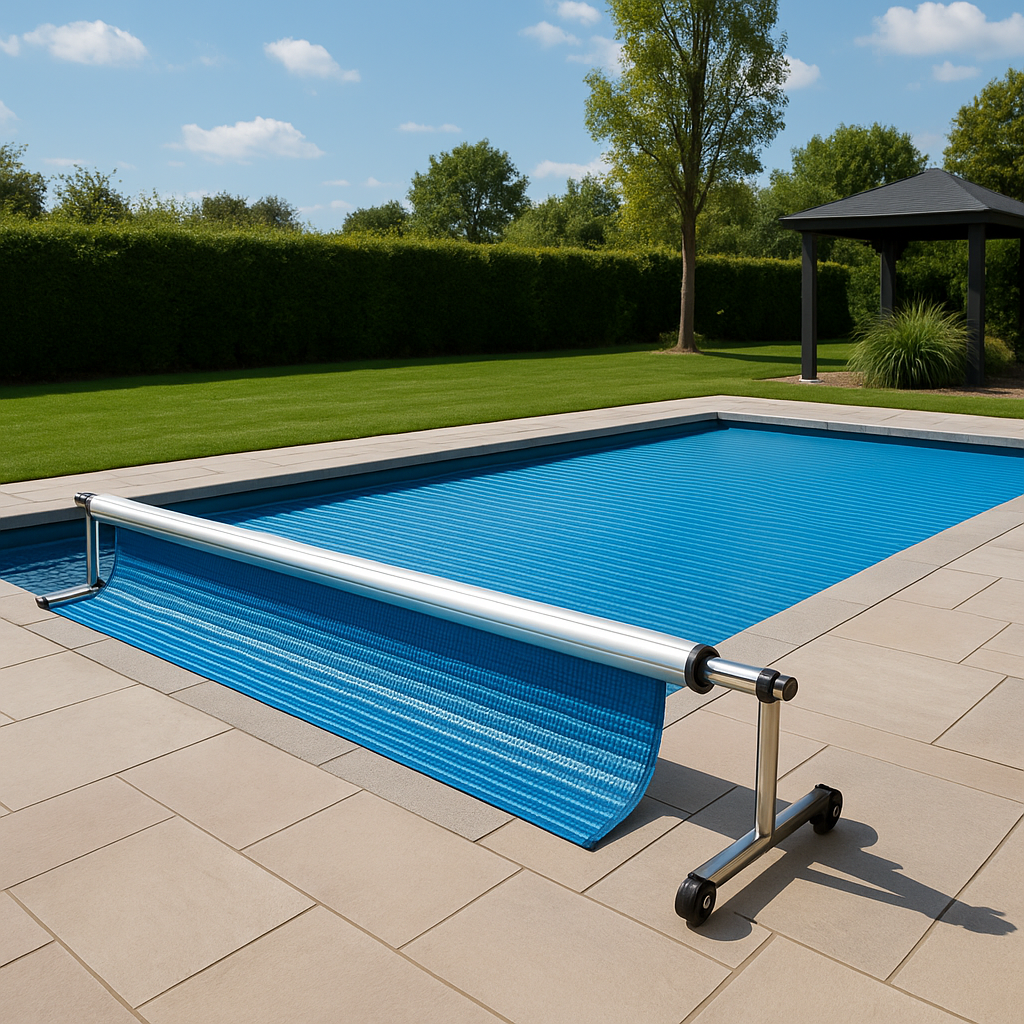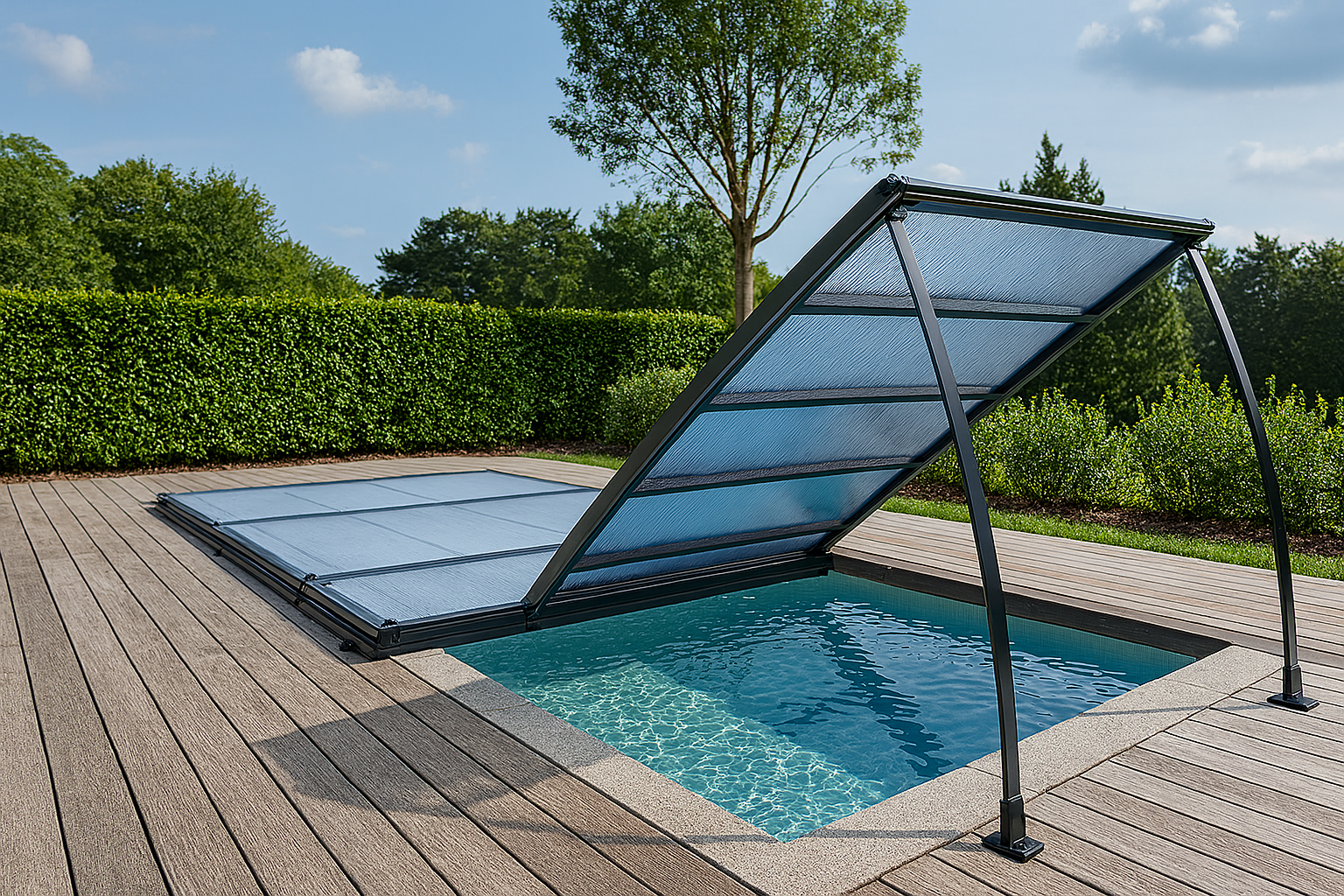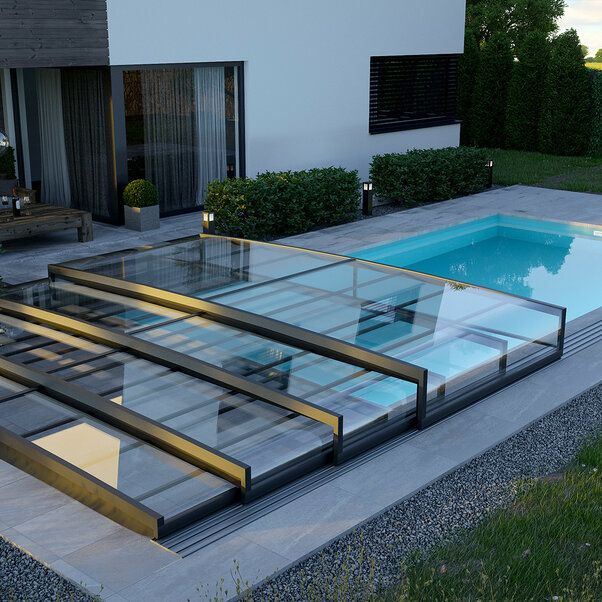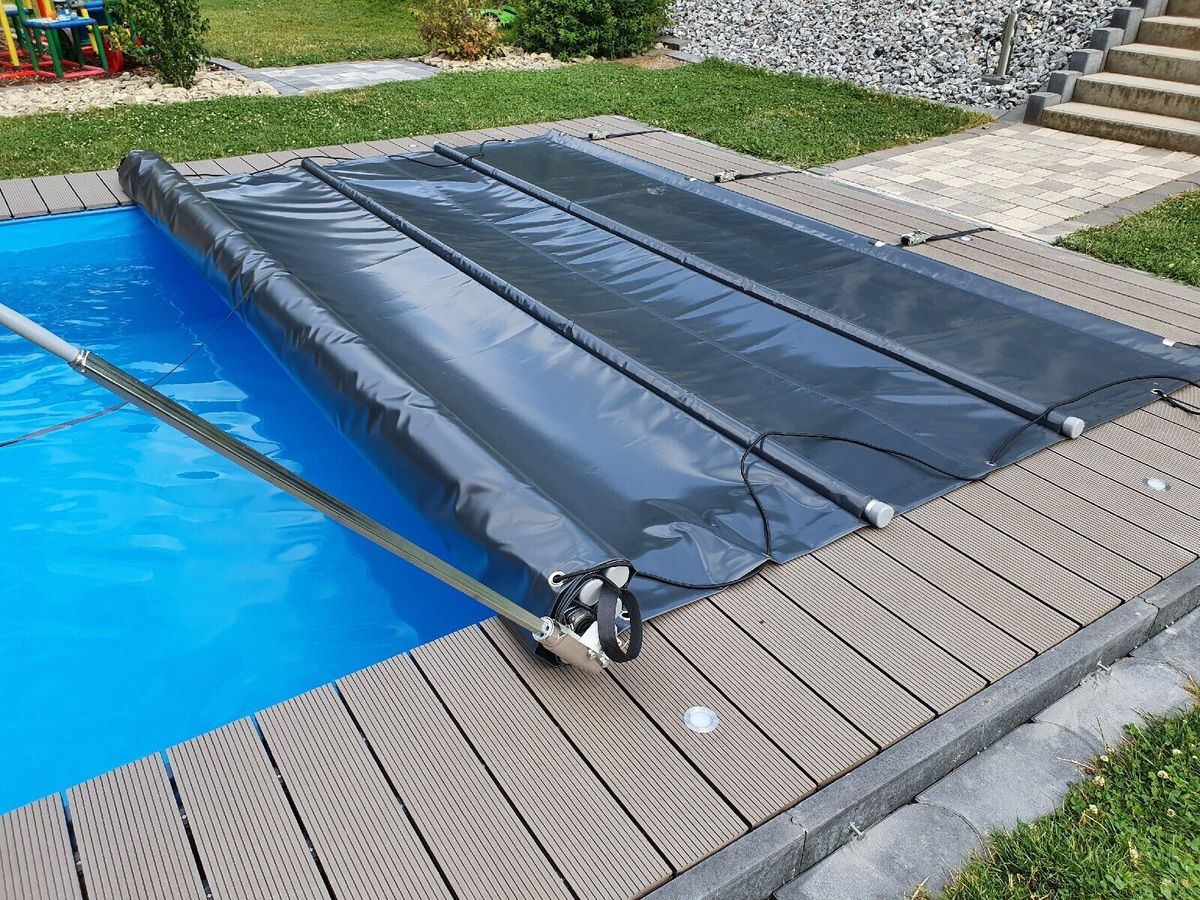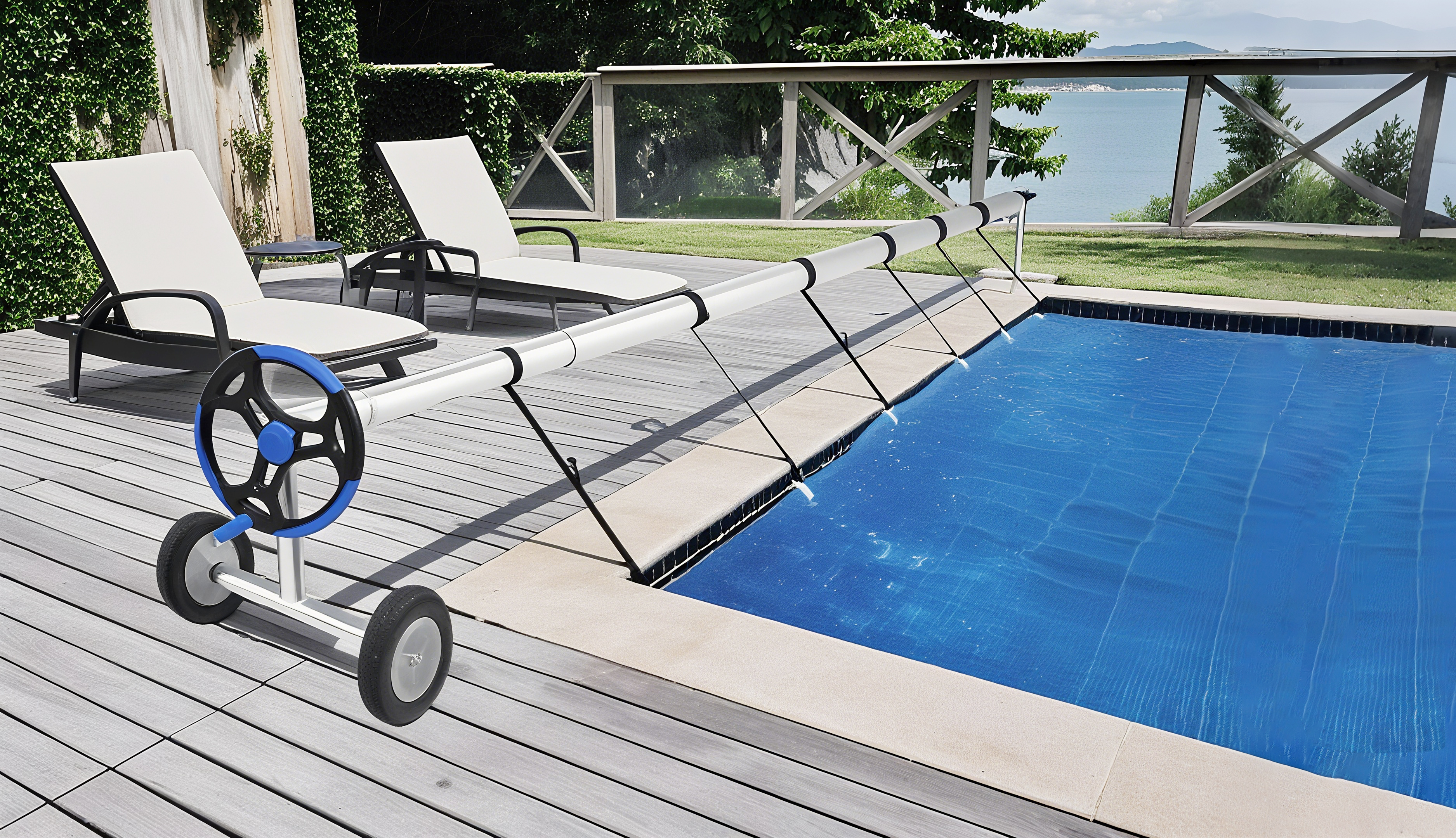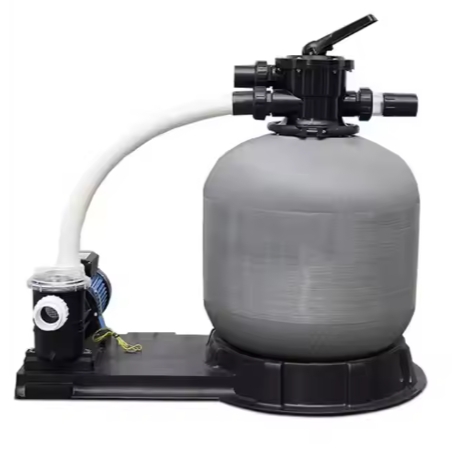The Ultimate Guide to Your Pool Sand Filter
Maintaining a sparkling clean swimming pool is easier than ever with the right equipment. A high-quality pool sand filter is the heart of any clean and inviting swimming experience, efficiently trapping dirt and debris to keep your water crystal clear. These systems are renowned for their reliability and low maintenance, making them a popular choice for pool owners. This guide will walk you through the entire process, from installation to operation and cleaning, ensuring you get the most out of your filtration system.
A Step-by-Step Guide to Installing Your Pool Sand Filter
The process of installing pool sand filter systems has become increasingly straightforward, especially with modern designs. Whether you have an in-ground oasis or need a sand filter for above ground pool setups, the principles are similar. First, select a stable, level surface near the pool pump. Modern systems, featuring premium fiberglass reinforced tanks, are durable yet often lightweight enough for easy placement. Once the tank is in position, connect the hoses from the pool skimmer to the pump inlet and from the pump outlet to the filter's multiport valve inlet. The final connection runs from the filter's "RETURN" port back to the pool. Before starting the system, carefully add the specified amount of pool-grade sand through the top opening, ensuring the central standpipe is covered to prevent sand from entering it.
How to Use a Pool Sand Filter for Crystal-Clear Water
Understanding how to use pool sand filter settings is key to pristine water. Most filters come with a user-friendly multiport valve that controls the water flow. For everyday operation, the valve should be set to "FILTER". In this mode, water is pushed from the pump down through the sand bed, where impurities are trapped, and clean water is returned to the pool. Systems with high-performance pumps are designed for optimal energy efficiency and water flow, ensuring this process is both effective and economical. Always turn the pump off before changing any setting on the multiport valve to prevent damage to the gasket. Other essential settings include "BACKWASH", "RINSE", "WASTE", "RECIRCULATE", and "CLOSED", each serving a specific maintenance purpose.
Essential Maintenance: Pool Filter Sand Cleaning
Regular pool filter sand cleaning is crucial for maintaining filtration efficiency. The primary method for this is backwashing. Over time, as the filter collects debris, the pressure inside the tank will rise. When the pressure gauge reads 8-10 PSI above its clean, starting pressure, it's time to backwash. To do this, turn off the pump, set the multiport valve to "BACKWASH", and turn the pump back on. Water will flow in reverse through the filter, flushing the trapped dirt and debris out through the waste line. This process usually takes a few minutes, or until the water in the sight glass runs clear. Afterward, run a "RINSE" cycle for about 30 seconds to resettle the sand before returning the valve to the "FILTER" position. This routine maintenance is simple and vital for the longevity of your filtration equipment.
Enjoying the Benefits of a Well-Maintained Sand Filter
A well-maintained filter provides years of reliable service. While backwashing is a frequent task, the sand itself only needs to be replaced every 3-5 years. When you choose a quality system, like one with a corrosion-resistant fiberglass tank and a robust pump, you are investing in peace of mind and style. The efficiency of a modern sand filter for above ground pool or in-ground models means less time on maintenance and more time enjoying your beautiful, clear water. By following these straightforward guides on how to use your equipment and perform routine cleaning, you ensure your pool remains a healthy and sparkling centerpiece for your home.


